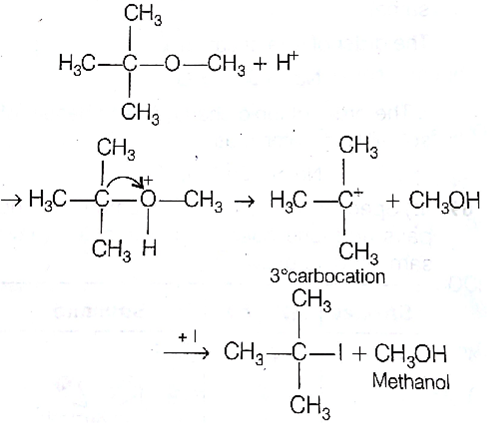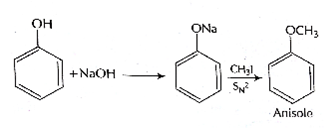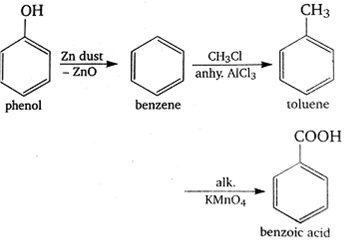Given are cyclohexanol (I), acetic acid (II), 2,4,6-trinitropenol (III) and phenol (IV). In these, the order of decreasing acidic character will be
A.
III > II> IV> I
Higher the tendency to give a proton, higher is the acidic character, and tendency to lose a proton depends upon the stability of intermediate, ie, carbanion formed.
2,4,6 - trinitrophenol after the loss of a proton gives 2,4,6 -trinitrophenoxide ion which is stabilised by resonance -I effect and -M effect thus a most acidic among the given compounds. Phenol after losing a proton form phenoxide ion which is also stabilised by resonance, -M and -I effects but is less stabilised as compared to 2,4,6 trinitrophenoxide ions. Thus, it is less acidic as compared to 2,4,6 trinitrophenol. (CH3COOH) after losing a proton give acetate CH3OO- ion which is stabilised by only resonance. However, it is more resonance stabilised as compared to a phenoxide ion, thus more acidic as compared to phenol. 2,4,6 tri-nitrophenol, however, is more acidic than acetic acid due to the presence of three electron withdrawing - NO2 groups. cyclohexanol gives an anion that is least stable among the given, thus, it is least acidic.
Hence, the correct order of acidic strength is 2,4,6 -trinitrophenol > acetic acid > phenol > cyclohexanol
III> II> IV> I
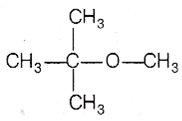
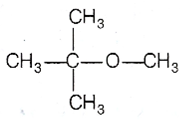 gives CH3 OH as one of the reaction. The reaction proceeds as
gives CH3 OH as one of the reaction. The reaction proceeds as